Rhinoplasty, also referred to as a nose job, is a widely performed cosmetic procedure that ranked among the top five in popularity for Americans in 2019.

Despite its prevalence, many individuals may mistakenly believe that rhinoplasty is a straightforward and routine operation for plastic surgeons. However, this assumption does not accurately reflect the reality.In truth, nose surgery is considered one of the most intricate cosmetic procedures, often underestimated by the general public.
What factors contribute to the complexity of rhinoplasty? And what are the implications if revision rhinoplasty becomes necessary?
What contributes to the challenging nature of rhinoplasty?
Rhinoplasty is a surgical procedure performed to modify the physical appearance and structural characteristics of the nose. It can be pursued for cosmetic purposes alone or to address nasal irregularities that affect breathing and give rise to various health issues.
The nose holds a central position on the face, significantly influencing an individual’s overall appearance. When performing rhinoplasty, the surgeon must possess exceptional attention to detail to achieve optimal outcomes.
The nose comprises three distinct types of tissues: bone, cartilage, and skin. During the procedure, the surgeon typically needs to reshape the cartilage, fracture and reposition the bones, and maintain smooth skin texture. All these elements must seamlessly come together to create a new nose.
Although individuals often seek rhinoplasty for cosmetic reasons, it is also crucial for the nose to function properly post-surgery. The surgeon must bear this in mind to prevent any negative impact on a person’s breathing ability while striving for aesthetic enhancements.
Clear communication regarding desired outcomes is paramount for rhinoplasty patients. It is essential for individuals to convey their preferences precisely to the plastic surgeon so that they can ensure the final result aligns with their expectations. Any misinterpretations can lead to undesirable outcomes and potentially necessitate revision rhinoplasty.
What factors contribute to the increased complexity of rhinoplasty revision?
Regrettably, numerous individuals who are dissatisfied with the results of their initial rhinoplasty procedure require a rhinoplasty revision. However, it is important to note that rhinoplasty revision is even more demanding than the initial surgery. What are the reasons behind this heightened complexity?
During a revision, the surgeon must contend with the presence of additional scar tissue and weakened internal structures, which pose new challenges when operating within the nasal region.
Given the intricacy involved, it is crucial that only the most experienced and skilled surgeons undertake this procedure. Many patients experience heightened anxiety prior to revision rhinoplasty due to their unsatisfactory previous surgical experience. Nonetheless, the potential positive transformations can be significant, ultimately restoring individuals’ confidence.

Do Your Expectations Align with Reality?
Before undergoing any form of nose surgery, including non-surgical rhinoplasty, it is crucial to have a consultation with your potential surgeon. Establishing a mutual understanding between you and your plastic surgeon during the consultation and on the day of the procedure is vital for achieving a successful outcome. It is essential for your surgeon to fully comprehend your aesthetic goals, inquire about your medical history, discuss available cosmetic options, potential risks, and provide detailed information on pre- and post-operative care. A competent surgeon should be capable of confidently addressing all your inquiries.
At IstanBest Clinic, we utilize before and after photographs, along with image morphing techniques, to ensure that your expectations are realistic and attainable. Specifically, our surgeon employs virtual rhinoplasty as a powerful tool to help you visualize the potential results of your rhinoplasty, all within the comfortable confines of our Manhattan office. Leveraging state-of-the-art computer imaging and 3D technology, you can “test out” various changes and see how they could transform your appearance, enabling you to identify the most suitable look for you prior to undergoing surgery.
How can you prevent the need for rhinoplasty revision?
To avoid joining the ranks of those who undergo two surgeries and endure the recovery process twice, it is crucial to make the right choice when selecting a doctor for your rhinoplasty.
Your initial rhinoplasty presents the sole opportunity to achieve optimal results.
Ensure that you collaborate with a board-certified doctor who possesses extensive experience in performing rhinoplasties. Investing some time and effort into thorough research and choosing the best doctor from the start can save you considerable time, money, and discomfort.
While it is impossible to eliminate all risks of complications and predict how an individual’s nose will heal, you can minimize the likelihood of needing rhinoplasty revision by proactively planning and adhering to your surgeon’s pre and post-operative instructions.
Book Your Rhinoplasty Appointment Now
Opt for excellence in facial plastic surgery. By selecting a renowned clinic that boasts a blend of experience, expertise, skill, and a keen aesthetic sense, you can attain breathtaking and authentically natural outcomes that have the power to transform your life.
Get in touch with us at IstanBest Clinic to explore further details about rhinoplasty and additional facial plastic surgery procedures designed to enhance your appearance.




